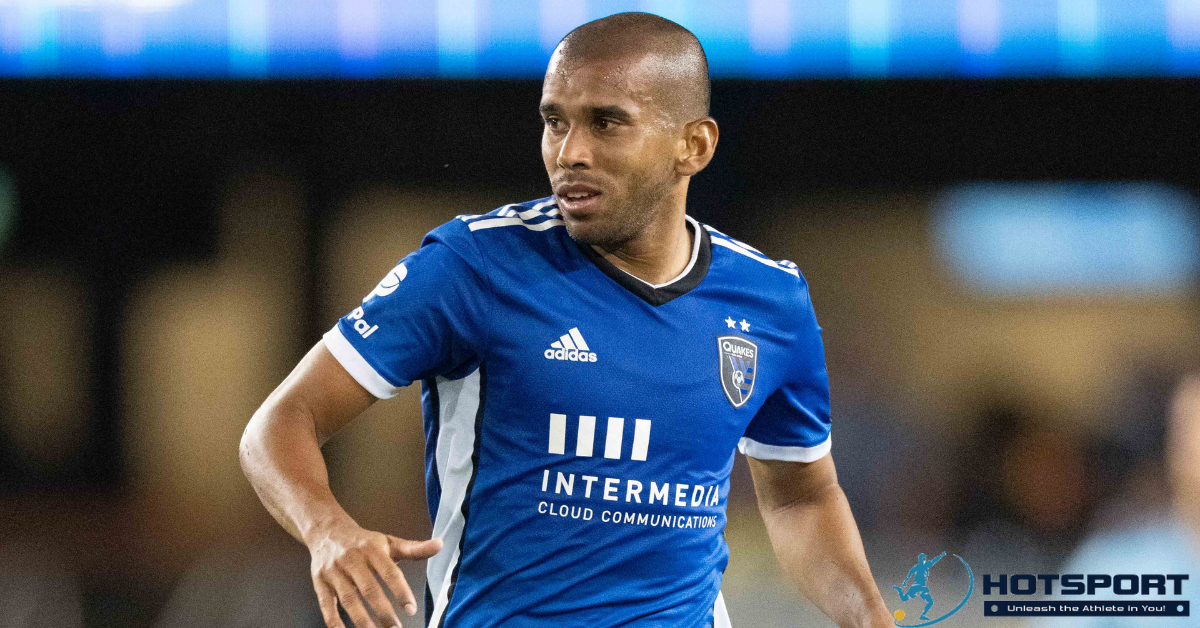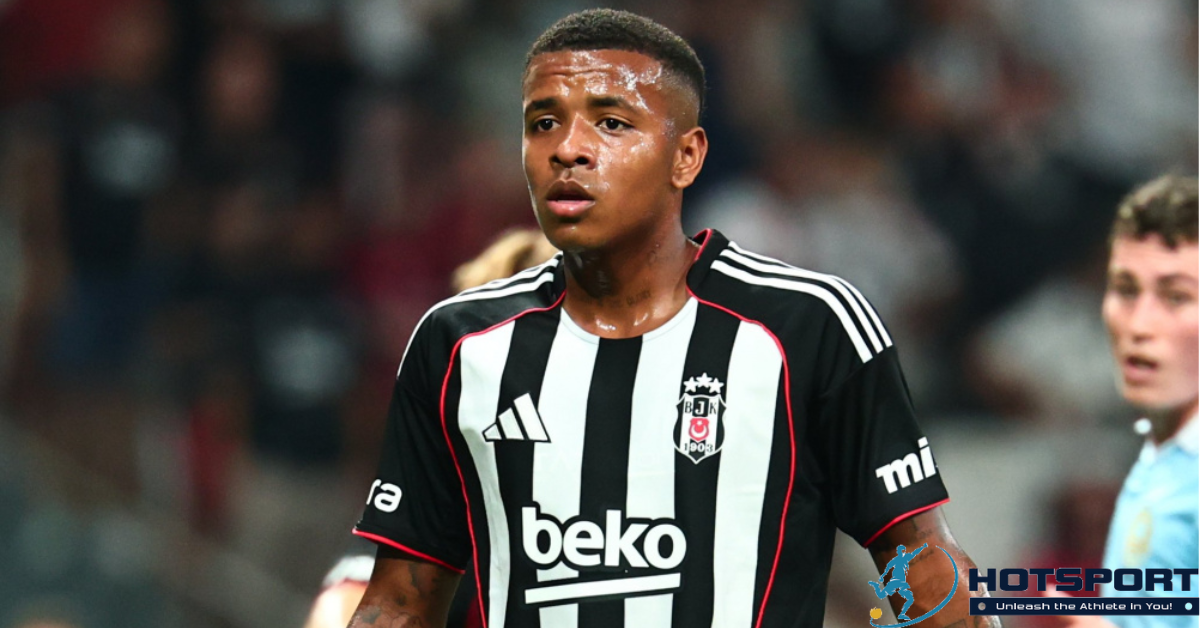San Jose Earthquakes in the MLS: A Story of Passion and Achievements
The San Jose Earthquakes is one of the most iconic clubs in Major League Soccer (MLS), the premier professional soccer league in the United States. With a history marked by historic moments, memorable triumphs, and a passionate fanbase, the San Jose, California-based club has built a legacy that resonates both in the U.S. and on the international stage. This article explores the history, achievements, rivalries, and cultural impact of the San Jose Earthquakes in the MLS, providing a detailed look at its evolution from its founding to the present day in 2025.
Origins and Founding
The Beginnings in the North American Soccer League (NASL)
The history of the San Jose Earthquakes dates back to 1974, when the club was founded as a franchise in the North American Soccer League (NASL). At the time, soccer in the United States was still in its early stages, but the Earthquakes quickly stood out. Playing in San Jose, the team attracted world-class players like the legendary George Best and faced formidable opponents, including Pelé, who played for the New York Cosmos. These matchups helped elevate the club’s profile and build a fervent fanbase in the San Francisco Bay Area.
Transition to Major League Soccer
With the collapse of the NASL in 1984, professional soccer in San Jose went on hiatus. However, in 1994, Daniel Van Voorhis, a former owner of the San Jose Hawks of the American Professional Soccer League, led a group that secured San Jose’s inclusion in the newly formed Major League Soccer. On June 15, 1994, the club was officially founded as the San Jose Clash, marking its entry into the MLS as one of the league’s inaugural teams.
On October 27, 1999, the club adopted the name San Jose Earthquakes, reviving the historic NASL name that held greater recognition among local fans. This rebranding was a significant milestone, reinforcing the connection to the region’s soccer heritage.
Early Years in the MLS
The First Game in MLS History
The San Jose Clash, as it was initially known, made history by participating in the MLS’s first-ever game in 1996. The team defeated D.C. United 1-0, marking the official start of the league. This moment not only put the club in the spotlight but also showcased its competitive potential from the outset.
Initial Challenges
The early years in the MLS were challenging. The team struggled to establish itself as a consistent powerhouse, with mixed results in its initial seasons. However, the passion of the fans and the support of the local community kept the club alive, even during moments of instability.
The Golden Era: MLS Success
The Arrival of Landon Donovan and the 2001 Title
The year 2001 was a turning point for the San Jose Earthquakes. Under the leadership of head coach Frank Yallop and with the arrival of young striker Landon Donovan, on loan from Bayer Leverkusen, the club underwent a remarkable transformation. Donovan quickly became the team’s star, leading a historic turnaround: from 29 points in the 2000 regular season to 45 points in 2001.
This rise culminated in the 2001 MLS Cup victory, a 2-1 overtime win against archrival Los Angeles Galaxy in what became known as the “California Clásico.” This title was the Earthquakes’ first major trophy in the MLS and solidified their reputation as a competitive force.
The Second Title and the Supporters’ Shield
Success continued in the following years. In 2003, the Earthquakes won their second MLS Cup, defeating the Chicago Fire 4-2. Before the final, the team staged one of the greatest comebacks in MLS history, overcoming a four-goal deficit against the LA Galaxy in the playoff quarterfinals to win 5-4 on aggregate. This match is often cited as one of the most thrilling in league history.
In addition to the MLS Cups, the Earthquakes also won the Supporters’ Shield, awarded to the team with the best regular-season performance, in 2005 and 2012. These trophies cemented the club’s status as one of the MLS’s most successful teams in its first decade.
Changes and Challenges
The Move to Houston
Despite on-field success, the Earthquakes faced challenges off the pitch. In 2005, the Anschutz Entertainment Group (AEG), the club’s then-owner, announced plans to relocate the team to Houston due to the lack of a soccer-specific stadium in San Jose. The decision was a blow to fans, and the franchise was officially placed on hiatus at the end of the 2005 season. The players, head coach Dominic Kinnear, and part of the coaching staff were transferred to Houston, where they formed the Houston Dynamo, considered an expansion team by the MLS.
The name, colors, and history of the Earthquakes remained in San Jose, awaiting a revival. This period of absence was difficult for fans, but their passion for the team never wavered.
The Return in 2008
On July 18, 2007, the MLS announced the return of the San Jose Earthquakes for the 2008 season, with Frank Yallop once again at the helm. The return was met with enthusiasm, but the first season back was challenging, with the team finishing second-to-last. Despite this, the return to PayPal Park (then called Avaya Stadium) and the support of the fans reignited the club’s spirit.
Connection to Brazilian Soccer
Investments in Brazilian Talent
In the 2010-11 season, the San Jose Earthquakes sought reinforcements from Brazilian soccer, bringing in young talents from the youth academies of São Paulo clubs. Among them were striker Ualisson Villa and defender Ricardo Mello, both developed in the youth system of Portuguesa. These investments reflected the club’s interest in tapping into the South American market, known for its rich soccer tradition. While the on-field results were not immediate, this initiative highlighted the Earthquakes’ efforts to diversify their roster and bring a more technical style of play.
Cultural Influence
The presence of Brazilian players also strengthened ties between the Earthquakes and the Brazilian community in the San Francisco Bay Area. Promotional events, such as friendlies and soccer clinics, brought the club closer to Brazilian fans, creating a unique cultural connection.
Rivalry: The California Clásico
San Jose Earthquakes vs. Los Angeles Galaxy
One of the fiercest rivalries in the MLS is the California Clásico, pitting the San Jose Earthquakes against the Los Angeles Galaxy. This rivalry has deep roots, fueled by epic clashes like the 2001 MLS Cup and the historic 2003 playoff comeback. The Clásico is more than just a game; it’s a celebration of soccer passion in California, with packed stadiums and an electric atmosphere.
Matches against the Galaxy are always marked by high competitiveness and memorable moments. For Earthquakes fans, beating their rival is a source of pride, while for the Galaxy, it’s a chance to assert their dominance. This rivalry remains a highlight of the MLS season.
The Impact of PayPal Park
A Home for the Earthquakes
In 2015, the San Jose Earthquakes inaugurated PayPal Park, a soccer-specific stadium with a capacity of approximately 18,000 fans. The stadium ushered in a new era for the club, providing a modern and functional home that reflects the team’s identity. PayPal Park is not just a venue for matches but also a community hub, hosting cultural events and grassroots initiatives to promote soccer in the region.
Fan Experience
PayPal Park is known for its vibrant atmosphere, driven by the Earthquakes’ organized supporter groups, such as the “Ultras” and the “Faultline.” These groups create choreographed displays, chants, and an infectious energy that make home games an unforgettable experience. The stadium also offers modern amenities, such as high-quality video screens and dining options that celebrate San Jose’s cultural diversity.
The Legacy of Gary Singh
A Seismic Soccer Legacy
The book The San Jose Earthquakes: A Seismic Soccer Legacy, written by longtime fan and local journalist Gary Singh, is a tribute to the club’s history. Published in English, the book details how the Earthquakes transformed San Jose into a soccer hub, from the NASL days to the modern MLS era. Singh highlights the passion of the fans and the club’s resilience, even during challenges like the relocation to Houston.
The book is essential reading for any Earthquakes fan, offering a unique perspective on how the club has shaped the Bay Area’s sports culture.
The Present and the Future
The 2025 Season
In 2025, the San Jose Earthquakes continue to compete in the MLS Western Conference, facing teams like Real Salt Lake and Inter Miami CF. Although the 2024 season ended with a 3-1 loss to Los Angeles FC, the club is focused on improving its performance in 2025. The upcoming match against Real Salt Lake on February 23, 2025, promises to be a key moment in the season.
Ownership Changes
Recently, Earthquakes owner John Fisher hired Moelis & Co. to find a new controlling owner for the franchise, valued at approximately $600 million. This change could bring new investments and a fresh vision for the club, potentially boosting its competitiveness in the MLS.
Future Prospects
The future of the San Jose Earthquakes is promising. With a loyal fanbase, a state-of-the-art stadium, and a rich history, the club is well-positioned to continue its successful trajectory. As the MLS grows in popularity, the Earthquakes have the opportunity to attract new talent, expand their fanbase, and win more titles.
Community Impact
Grassroots Soccer Development
The San Jose Earthquakes invests significantly in grassroots soccer development, with academies and community programs that encourage young people to play the sport. These initiatives not only develop new talent but also strengthen the club’s ties to the local community.
Diversity and Inclusion
San Jose is one of the most diverse cities in the United States, and the Earthquakes reflect this diversity in their fanbase and initiatives. The club promotes events that celebrate different cultures, including the Brazilian community, and works to make soccer accessible to all.
Conclusion
The San Jose Earthquakes is more than a soccer club; it’s a symbol of passion, resilience, and community. From its origins in the NASL to Ros its consolidation in the MLS, the club has won hearts and trophies, leaving an indelible mark on American soccer. With PayPal Park as its home, a fierce rivalry with the LA Galaxy, and a passionate fanbase, the Earthquakes continue to inspire and excite. As the club enters the 2025 season, fans eagerly await new chapters in this seismic story.



